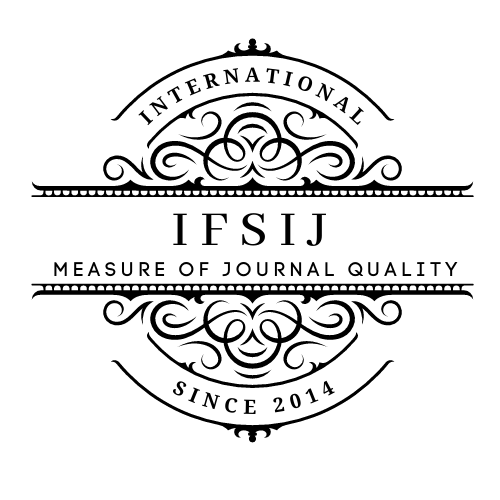THE ROLE OF NON-VERBAL COMMUNICATION IN SPOKEN LANGUAGE
Keywords:
Non-verbal communication, spoken language, body language, facial expressions, gestures, tone of voice, communication patterns, interpersonal interaction, non-verbal cues, cultural communication.Abstract
Non-verbal communication plays a pivotal role in spoken language, shaping how messages are delivered and interpreted. Beyond words, body language, facial expressions, gestures, posture, eye contact, and tone of voice significantly contribute to the meaning of a conversation. This article explores the complex relationship between verbal and non-verbal cues in human interaction, highlighting the ways in which non-verbal communication enhances, complements, or even contradicts spoken language. Through the lens of psychology and linguistics, the article examines how cultural, social, and individual differences influence non-verbal communication patterns and how they impact interpersonal relationships. The integration of non-verbal cues with speech is essential for effective communication, particularly in conveying emotions, intentions, and subtle nuances that words alone cannot express.
Downloads
Published
How to Cite
Issue
Section
License

This work is licensed under a Creative Commons Attribution-NonCommercial-NoDerivatives 4.0 International License.















